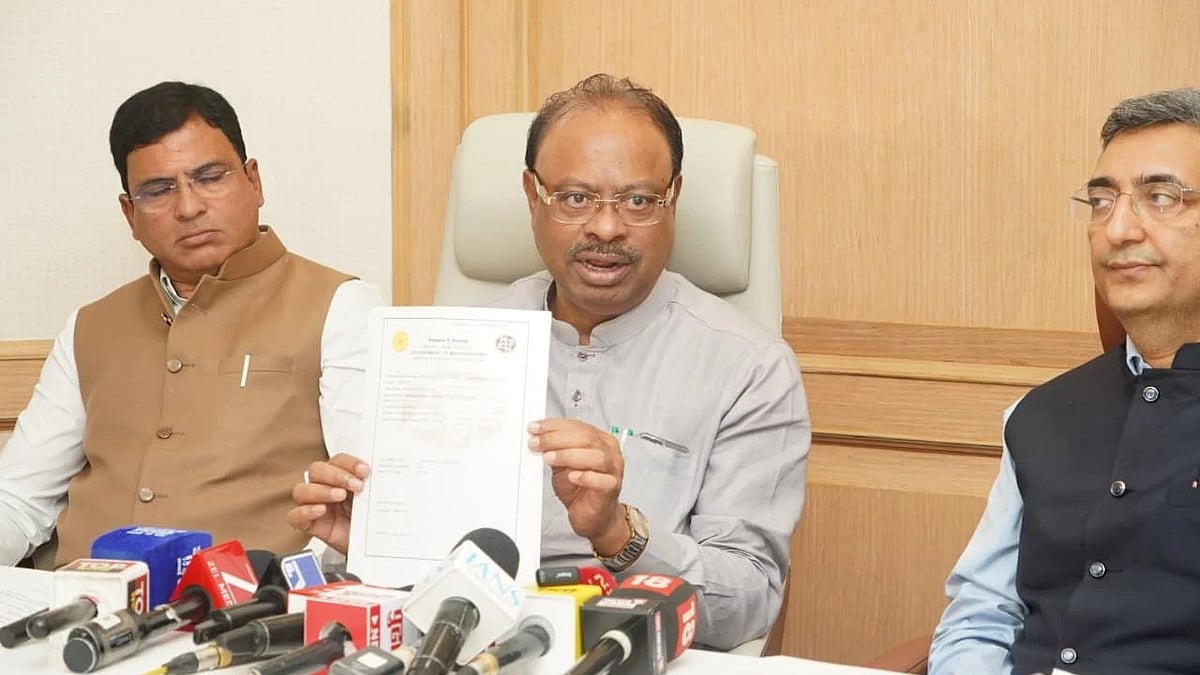If democracies don’t go to war against each other, as Immanuel Kant claimed in his 18th century article “Perpetual Peace”, they are also famous for accommodating changes in government. Thus, India will have no problem working with Donald Trump, the new American president in the White House.
The key lies in economic cooperation. The speech that President George W. Bush made to the Asia Society in Washington on the eve of his 2006 visit to India eloquently argued the commercial rationale for a robust partnership. That logic still holds good. How relations shape between Narendra Modi’s India and the new US will depend largely on the extent to which Mr Modi is able to divert energy away from Hindutva exuberance and into basic growth policies. No US president, Republican or Democrat, would ever pass by opportunities to invest and export.
Not that all American presidents have been to India’s liking. It’s no secret that Jawaharlal Nehru’s first visit to the US in 1949 was not a success. Nehru didn’t relish being reminded that his luncheon guests in New York represented companies worth more than $20 billion. Nor did he enjoy the White House dinner with President Harry S. Truman and Vice-President Alben Barkley discussing the merits of Kentucky bourbon whisky most of the time. Being something of a prima donna, he was most chagrined to learn that the Americans were planning the same ceremonial welcome that had flattered him so much for Pakistan’s Liaquat Ali Khan.
Nevertheless, all countries have to make the best of circumstances. India did that in 1965 and 1966 when the monsoons failed and the spectre of famine stalked the land. Indira Gandhi’s press adviser, H.Y. Sharada Prasad, never forgot how her fist was clenched on the telephone receiver, the knuckles showing white, as she asked Lyndon B. Johnson for what was called “the largest movement of grain between two countries in history” – 14 million tons of American wheat or 20 per cent of the American crop saved 90 million Indians from starvation.
Although Johnson’s “ship to mouth” policy was bitterly resented, Mrs Gandhi spoke with sweet politeness to him. But once the conversation was over, she exploded angrily, “I don’t ever want us to have to beg for food again.” Later, Johnson took a shine to her, unexpectedly staying on for dinner after the Indian ambassador’s reception during her 1966 visit and upsetting the table arrangements, and vowing he would see that “no harm comes to this girl”. He tried unsuccessfully to persuade her to dance, and jovially offered to attack India if it would help her win the elections.
What sustains relationships most strongly is the profit motive. Perhaps relations with Richard Nixon would not have been so fraught if India had been developed enough then for America to contemplate some kind of profitable partnership. But instead of economics, there was only strategy. The US was determined to challenge the Soviet Union through an alliance with China for which Pakistan was needed. India was determined to deal Pakistan what was seen as a virtual death blow by aiding the secession of Bangladesh.
Matters changed after the liberalisation P.V. Narasimha Rao and Dr Manmohan Singh introduced in 1991. India found itself again in the mainstream of global commercial activity. “The United States and India are working together to promote global prosperity through free and fair trade” Bush told the Asia Society. “America’s economic relationship with India is strong and it’s getting better.” American exports to India grew by more than 30 per cent, creating a $1.8 billion trade surplus in services. “India is now one of the fastest-growing markets for American exports, and the growing economic ties between our two nations are making American companies more competitive in the global marketplace. And that’s helping companies create good jobs here in America.”
Bush’s logic was impeccable. Describing India’s growing affluence as a positive development for the US, he pointed out that since America accounted for only 5 per cent of the world’s population, 95 per cent of potential customers lived abroad. “More than a billion of them live in India. We welcome the growing prosperity of the Indian people, and the potential market it offers for America’s goods and services.”
It’s axiomatic that as nations prosper, their growing wealth brings greater stability to their regions and gives a fillip to the demand for consumer goods which can either be produced domestically or imported. Both mean enhanced entrepreneurial opportunities. The US gained considerable experience of helping shattered economies to grow when it helped Germany and Japan to recover at the end of World War II. It hoped to repeat that experiment in India. “As India’s economy expands, it means a better life for the Indian people and greater stability for the region,” Bush said. “It means a bigger market for America’s businesses and workers and farmers.”
However, the outlook was not entirely untroubled. There were fears that with companies shifting their operations to India, many Americans would lose their jobs. There are fears now that the H-1B visa established in 1990 specifically to bring specialists in the high-technology industries to the US is depriving Americans of jobs. Originally, 65,000 H-1B visas were issued annually; in 1998, the number was raised to 115,000 but with the stipulation that it would revert to the old number after 2001. In 2000 Bill Clinton set a goal of 195,000 over a three-year period. These decisions were taken in the light of US industrial needs, perceptions of American social and racial attitudes, and to combat the threat then of the Y2K bug.
The system prompted Norman Matloff, professor of computer science at California University, to call H-1B holders “indentured servants”. IT companies paid them $35,000 at most for work that would have earned a white American professional at least $45,000. “These firms of the new economy,” Matloff wrote in the Washington Post, “seem to be awfully fond of the old economy of 200 years ago – when indentured servitude was in vogue.” It was immediate deportation for someone who was laid off. Like bonded labour, a man lost his place in the green card queue and had to start all over again if he changed jobs, until Clinton changed the law. But the reform was not publicised. Between 20,000 and 80,000 Indians were believed to have lost their jobs and forced to go back.
The future of H-1B visas will have to be resolved with the new administration. They do not add to our self-respect and cannot be a permanent element of the relationship. Instead of begging President Trump for more H-1B visas and more jobs for Indians abroad, Mr Modi should concentrate on domestic development so that India’s expensively trained expertise is put to India’s use.










